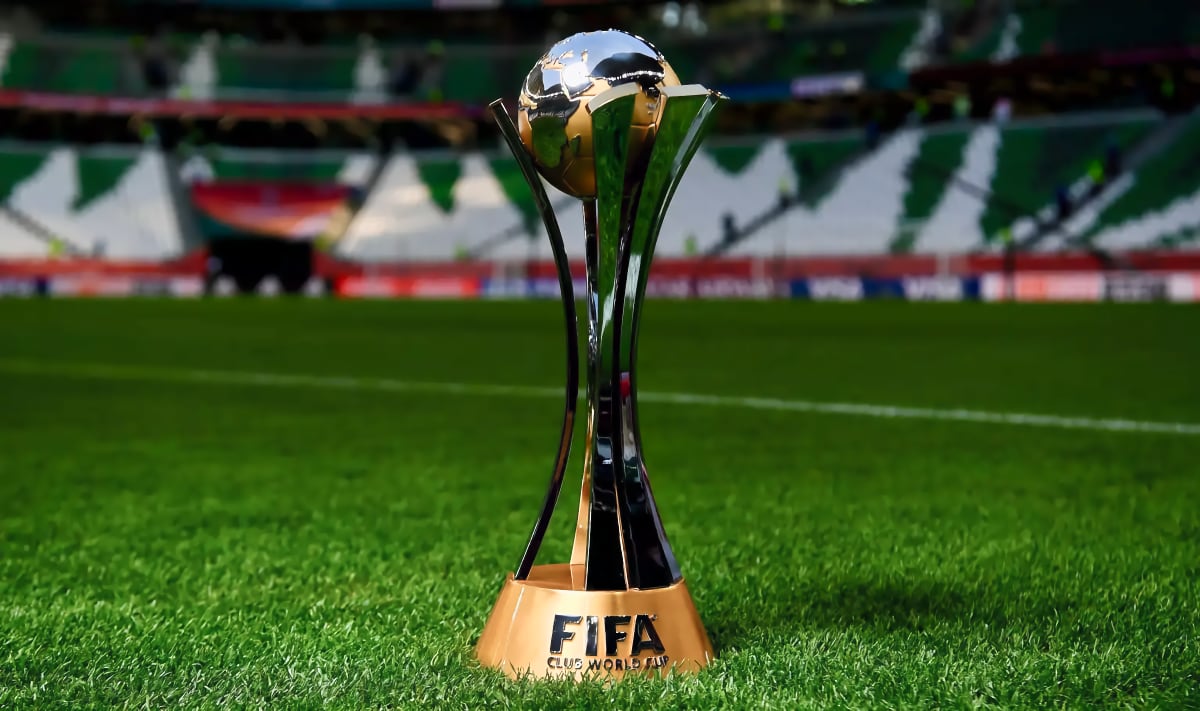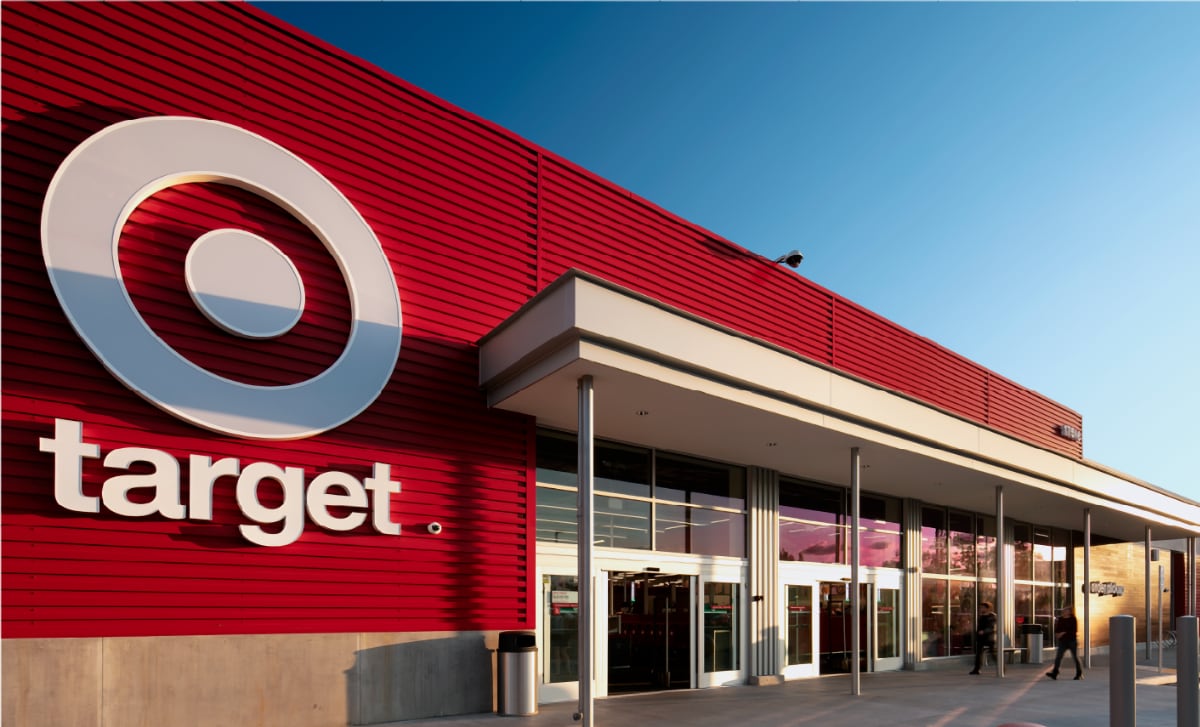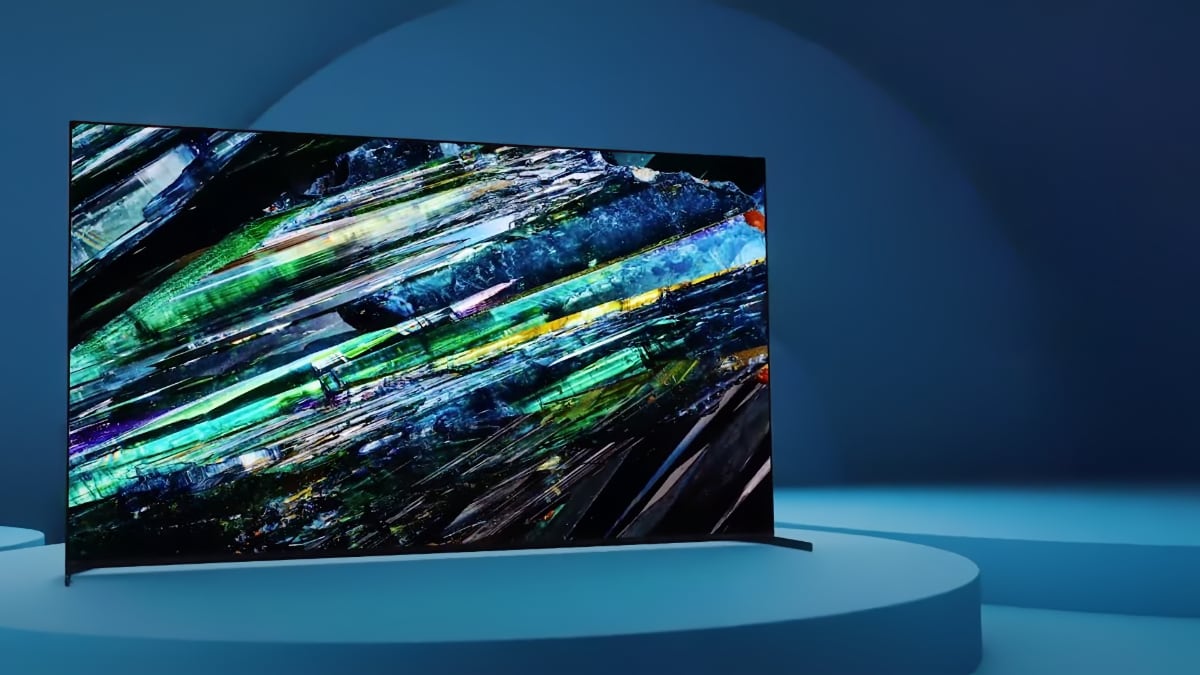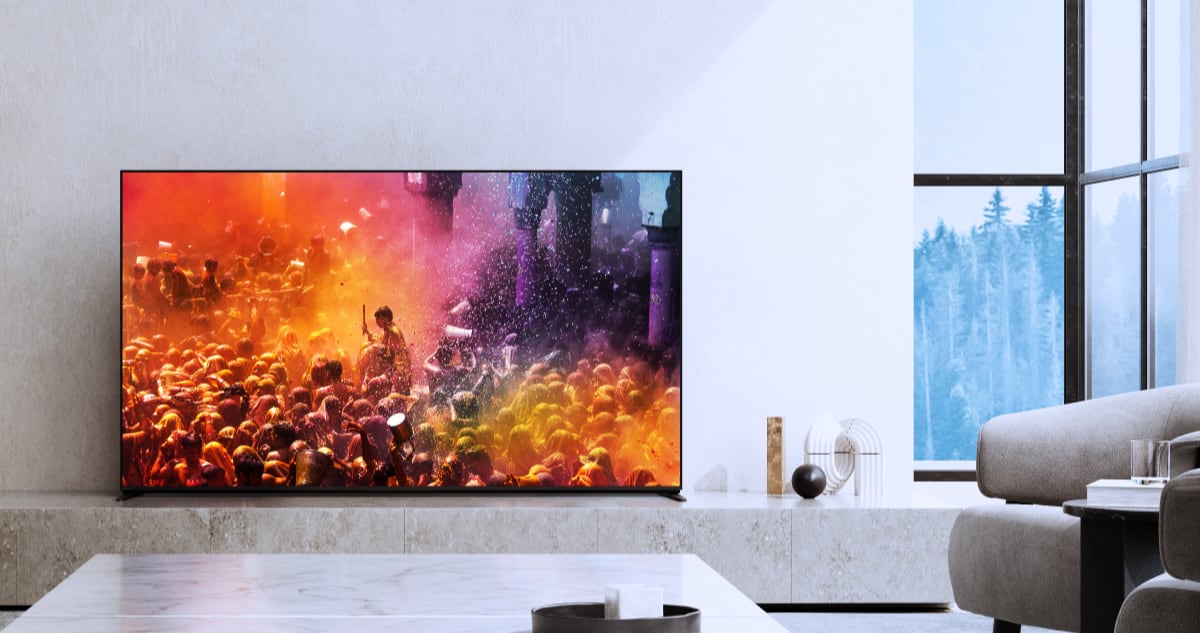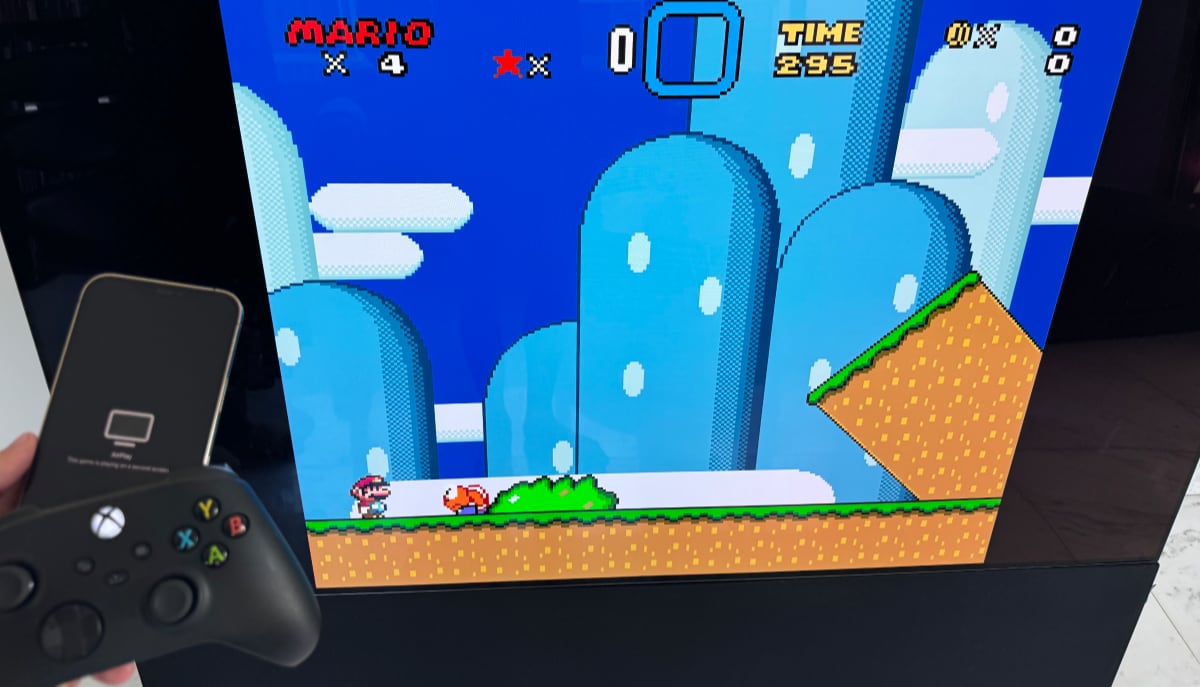Agawi released latency measurements on touch screens in smartphones (now corrected) a few weeks ago, and they have now released measurements for tablets. The tests show that the iPad and Nvidia’s SHIELD come out on top, whereas devices such as the Nexus 7 and especially the Galaxy Tab come out on bottom.
iPad Mini on top, Galaxy Tab slowest
Agawi is the first to develop a commercial method of measuring touch screen latency with the TouchMarks tool. Touch latency depends on several factors, including the touch screen, sensor, and the operating system, so Agawi’s measurements basically tell us how the user will experience the touch screen (in milliseconds).
Results below.
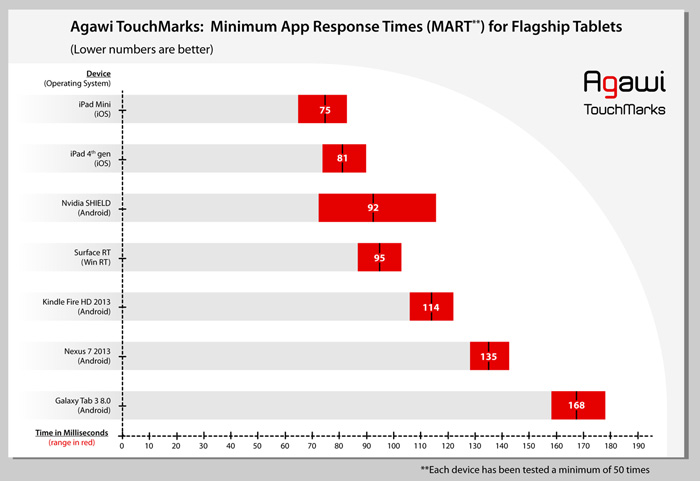
Agawi’s TouchMarks measurements for lag on touch screens in tablets
Perhaps unsurprising if you read Agawi’s first test, the iPad Mini and iPad 4 come out on top, but both devices still have close to 80 ms delay. More surprisingly is perhaps that Nvidia SHIELD, a kind of game console tablet, is also quite fast. The device has been optimized for gaming, so Nvidia has most likely dedicated resources to minimalizing latency, although the variation is higher, as the graph indicates.
It is also worth noting that Microsoft’s Surface RT tablet is doing better than Nokia’s Lumia 928 smartphone.
On the bottom we find Samsung’s new Galaxy Tab 3. It has touch latency close to 170 ms, which is significant. The new Nexus 7 tablet is also lagging behind, but is roughly on par with the fastest Android smartphones. On the other hand, Amazon’s new Kindle is faster than both the Galaxy Tab and the Nexus 7 devices, despite its roots in Android.
Agawi says that for sporadic use the difference has minor to moderate importance, but when using latency-sensitive apps such as drawing, interactive music and games the difference is more significant. For some perspective and a video, see our previous article here.
Agawi has also updated the initial smartphone measurements after finding that GPU drivers can add latency. After deactivating the optimization in its iOS app, Agawi has carried out new measurements and revised the iPhone 5 latency number upwards. Agawi says that they will dig deeper into this later.
- Source: Agawi
 Touchscreens: iPad fastest, Galaxy & Nexus slowest
Touchscreens: iPad fastest, Galaxy & Nexus slowest




